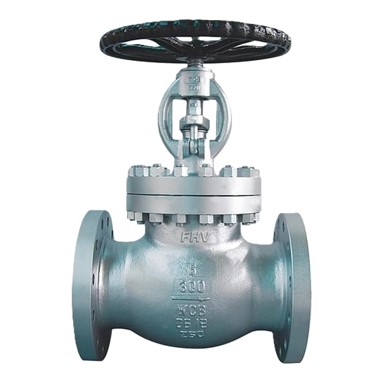a. The structure of the stop valve is simpler than that of the gate valve, and it is more convenient to manufacture and maintain;
b. The sealing surface is not easy to wear and scratch and has good sealing performance. There is no relative sliding between the valve disc and the valve body sealing surface when opening and closing, so the wear and scratches are not serious, the sealing performance is good, and the service life is long;
c. When opening and closing, the valve disc stroke is small, so the height of the stop valve is smaller than that of the gate valve, but the structural length is longer than that of the gate valve;
d. The opening and closing torque is large, the opening and closing is laborious, and the opening and closing time is long;
e. The fluid resistance is large because the medium channel in the valve body is tortuous, the fluid resistance is large, and the power consumption is large;
f. When the nominal pressure in the flow direction of the medium is PN ≤ 16MPa, downstream flow is generally used, and the medium flows upward from the bottom of the valve disc; when the nominal pressure PN ≥ 20MPa, countercurrent flow is generally used, and the medium flows downward from the top of the valve disc. To increase the sealing performance. When in use, the medium in the stop valve can only flow in one direction and cannot change the flow direction;
g. The valve disc is often eroded when fully open.
-P24.jpg)
-P24.jpg)
Iron globe valve (middle threaded)
Body: Grey iron, Ductile iron.
Bonnet: Grey iron, Ductile iron.
Stem: Carbon Steel.
Disc: Grey iron + Brass.
- Description


_00.png)
-微信-3.jpg)
